 |
Craig White's Literature Courses Baroque prevalent 17th-century style or aesthetics compare / contrast "plain style" |
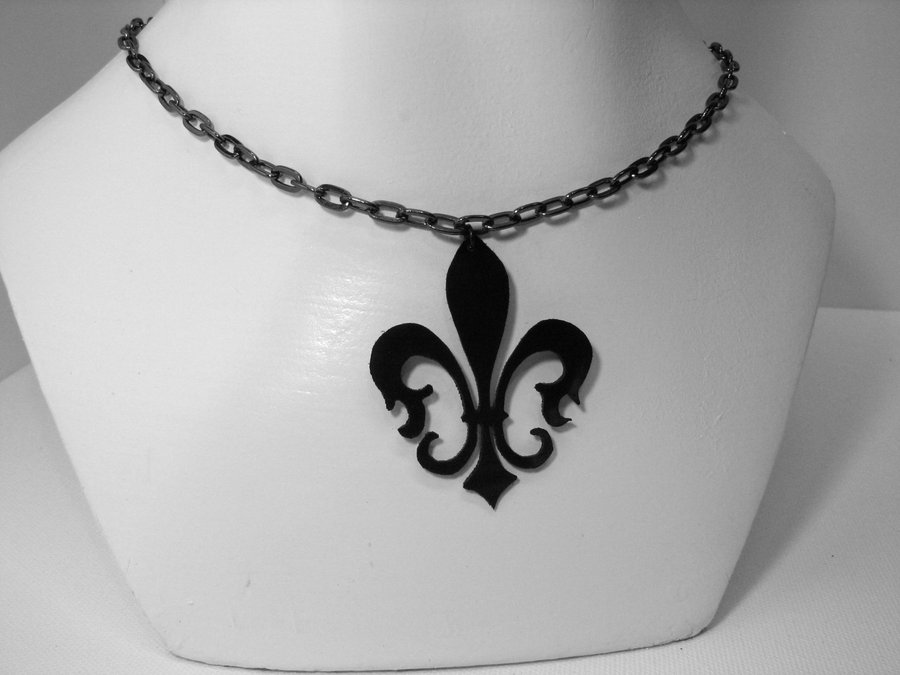 Baroque Fleur-de-Lis |
The Baroque style of art, music, and literature is the most defining or memorable style of the Seventeenth Century, when the Reformation and Counter-Reformation were most intense, but its use or application to art of the time is not automatic or universal.
The Baroque expressed itself especially in Catholic culture and art. Protestant countries, as in Baroque music by German composers like Bach and Telemann.
Protestant visual and written art of the period, however, usually affects a plainer style, especially the Puritan strain of American Protestantism.
Some Baroque qualities appear in Puritan writers. The American Puritan poets Anne Bradstreet (1612-72) and Edward Taylor (1642-1729) and the English nonconformist poet-minister George Herbert all used the Baroque poetic stylistic feature known as "the conceit" or extended metaphor. The "conceit" (or "concept") resembles Baroque aesthetics on account of its extravagance and occasional deformity through the stress of extension.
![]()
Oxford English Dictionary Baroque [etymology uncertain]
Irregularly shaped; whimsical, grotesque, odd. (‘Originally a jeweller's term, soon much extended in sense.’ Brachet.)
Applied spec. to a florid style of architectural decoration which arose in Italy in the late Renaissance and became prevalent in Europe during the 18th century. Also absol. as n. and transf. in reference to other arts.
(This term and rococo are not infrequently used without distinction for styles of ornament characterized by profusion, oddity of combinations, or abnormal features generally.)
"Baroque architecture features curved and sculpted walls, vibrant colours and gilding, and the positioning of windows for dramatic lighting effects."
Location of Baroque architecture in timeline of Western history
![]()
Identifiable qualities of Baroque art and architecture
-
Extravagance, effusion, multiplying forms, dizzying scales and numbers
-
Aesthetic principles of unity & multiplicity: attempt to unify or organize a rapidly growing and changing world without homogenizing it or making it more simple than it can be.
-
Point-counterpoint—like Classical or Renaissance symmetry but more effusive and multiplying
-
Dramatic angles implying action or distortion of feeling
-
Dramatic light and dark interplay
-
Evocation of religious passions
![]()
Examples of European & Central American
Baroque Art & Architecture
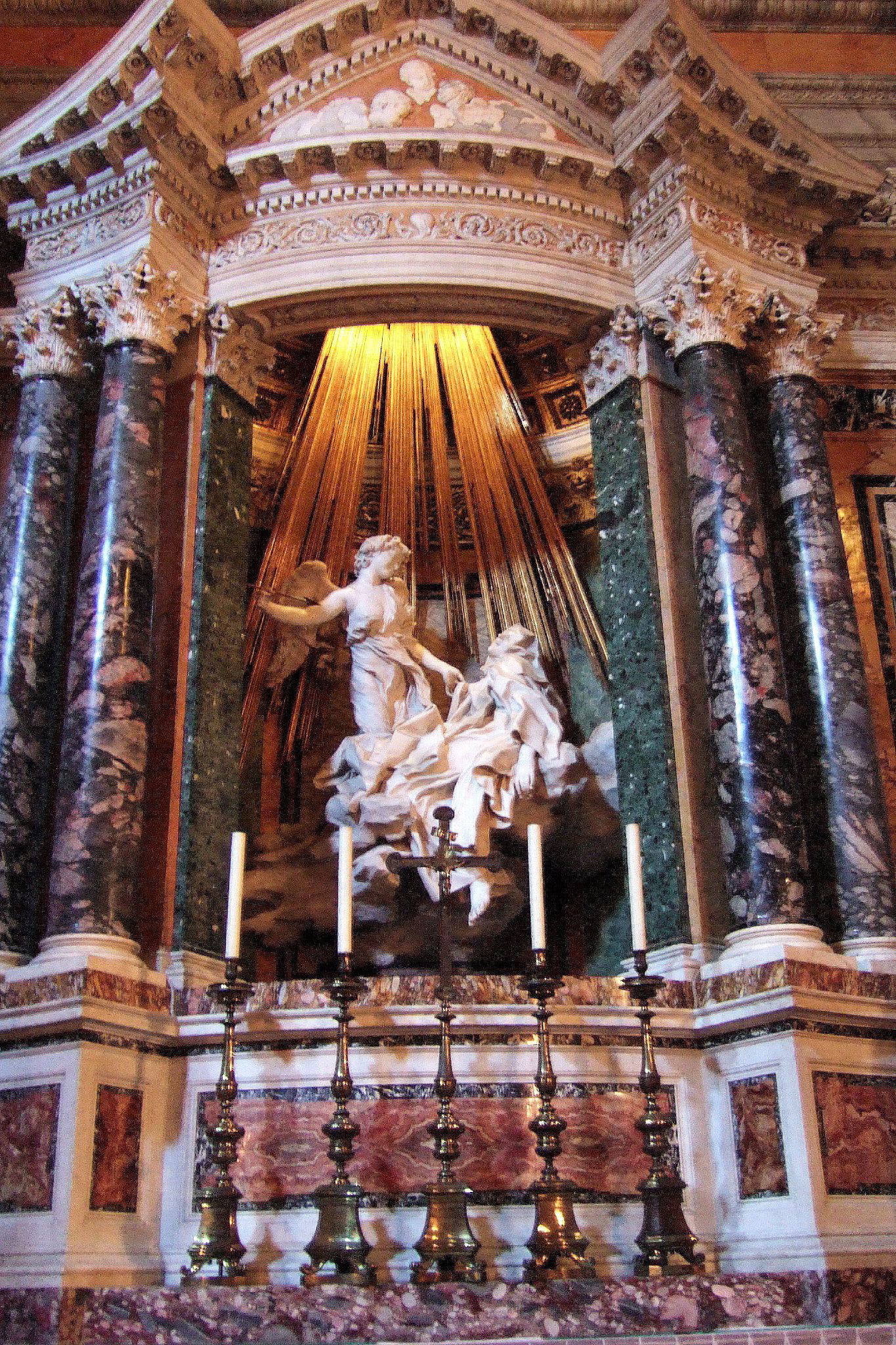
Bernini, St. Teresa in Ecstasy, Rome
![]()
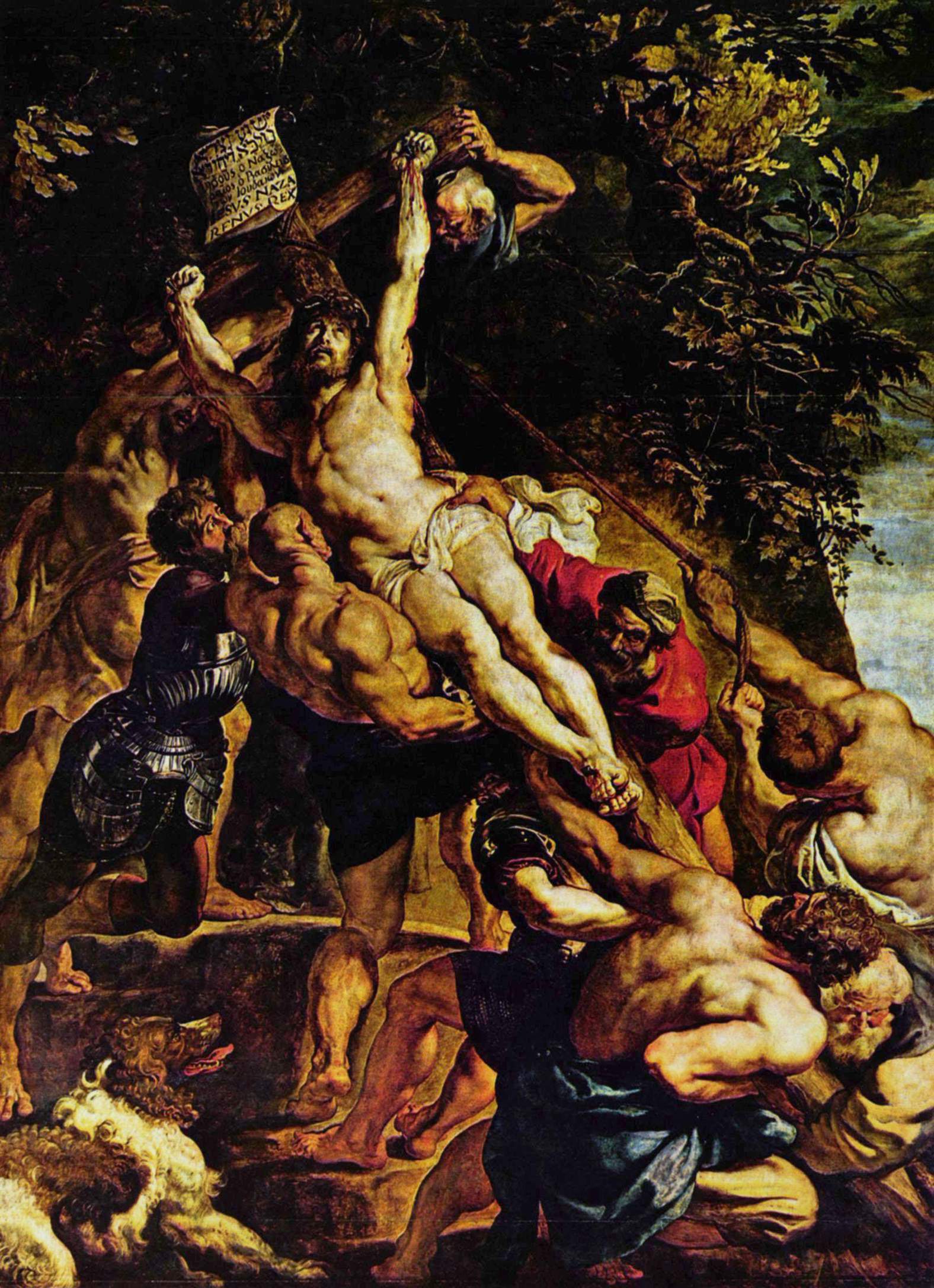
Rubens, Elevation of the Cross,
1611, Antwerp
![]()
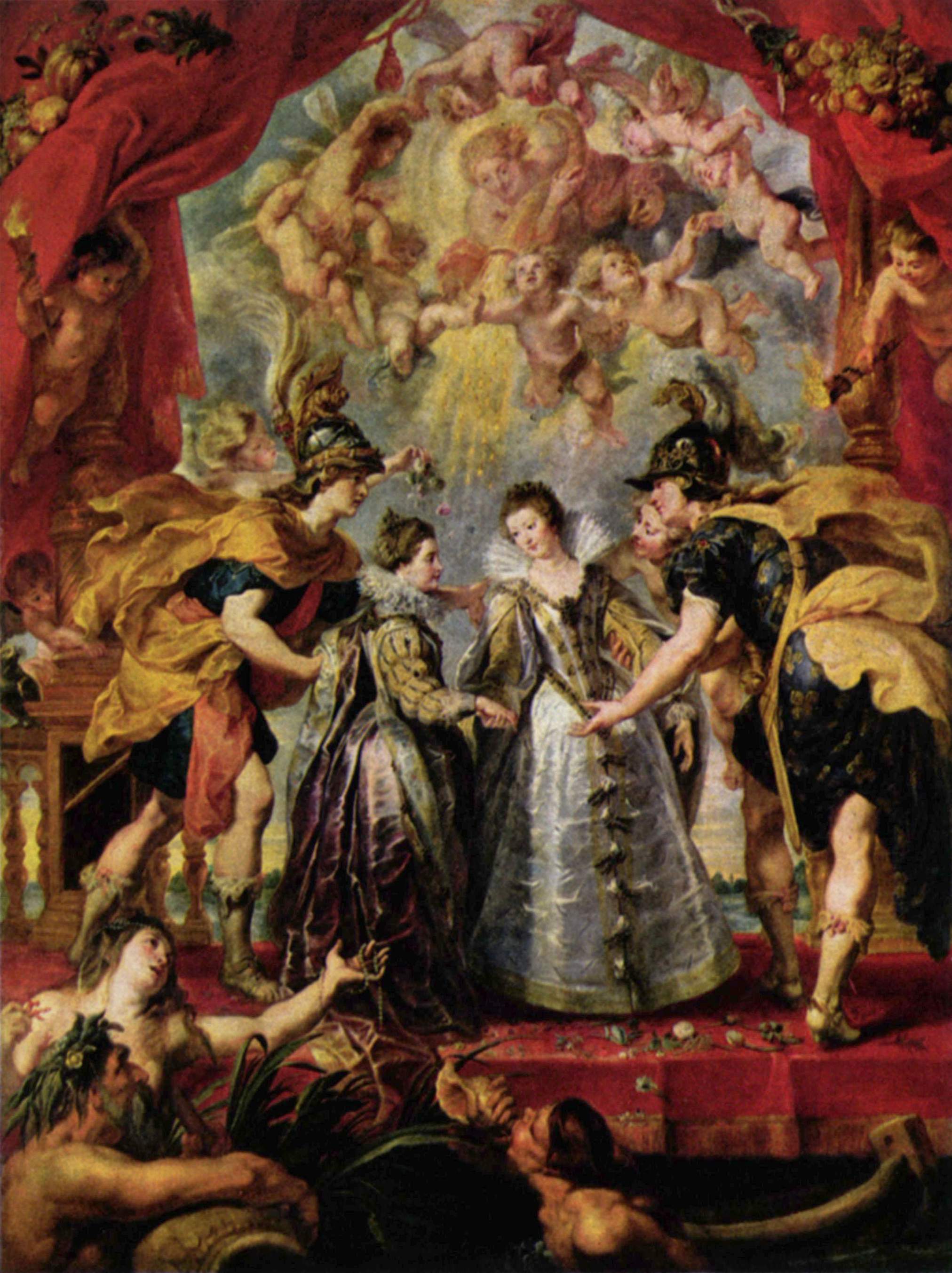
Rubens, Exchange of the Princesses,
Louvre
![]()
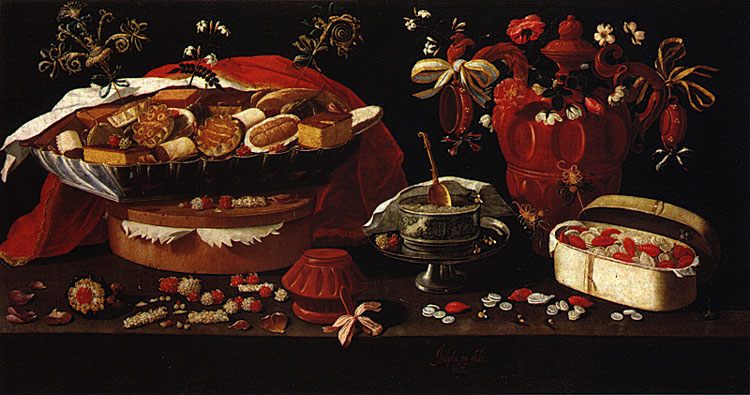
Josefa Obidos, Still Life
![]()
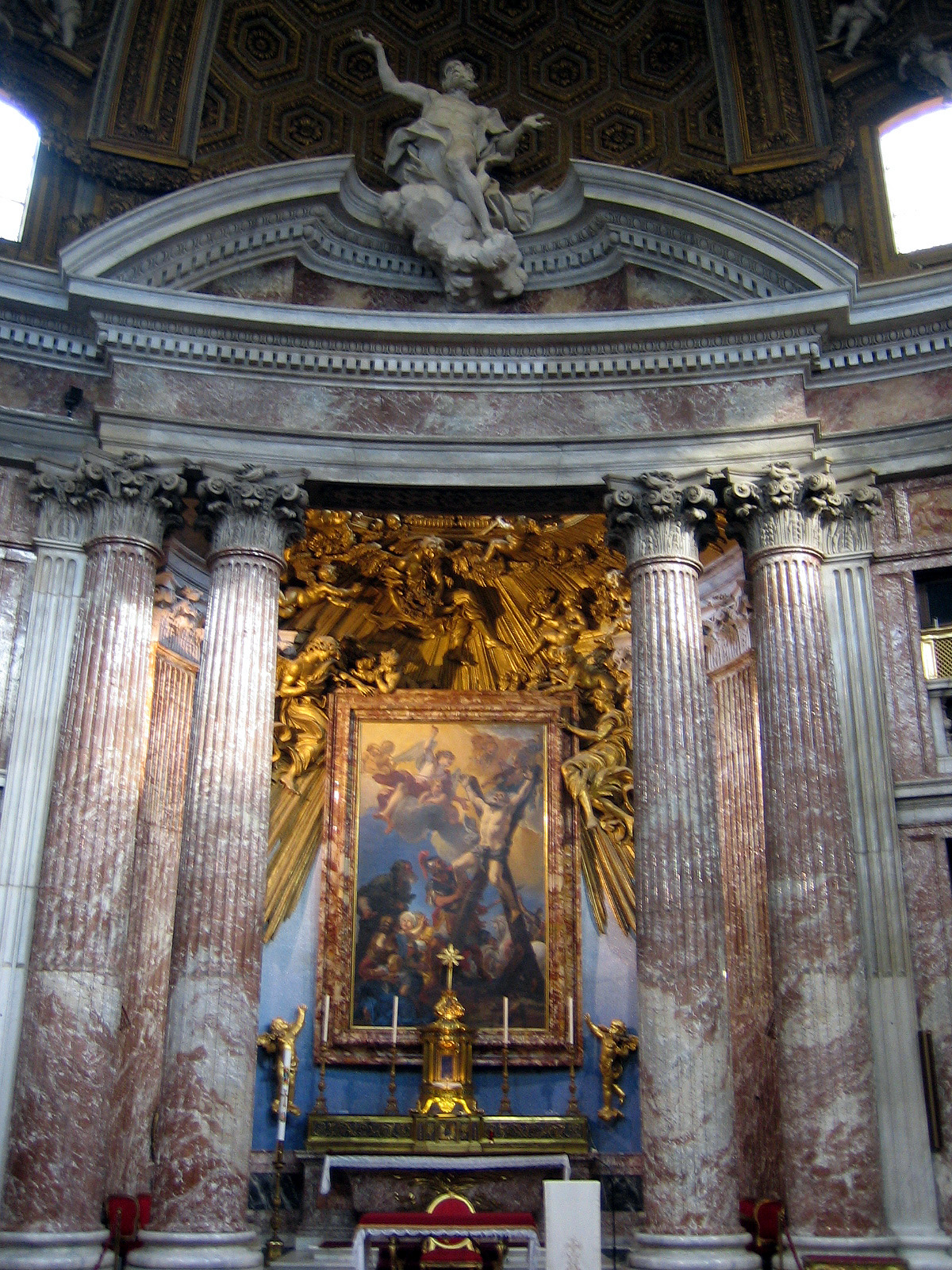
Bernini, Sant Andrea Altar, Rome
![]()
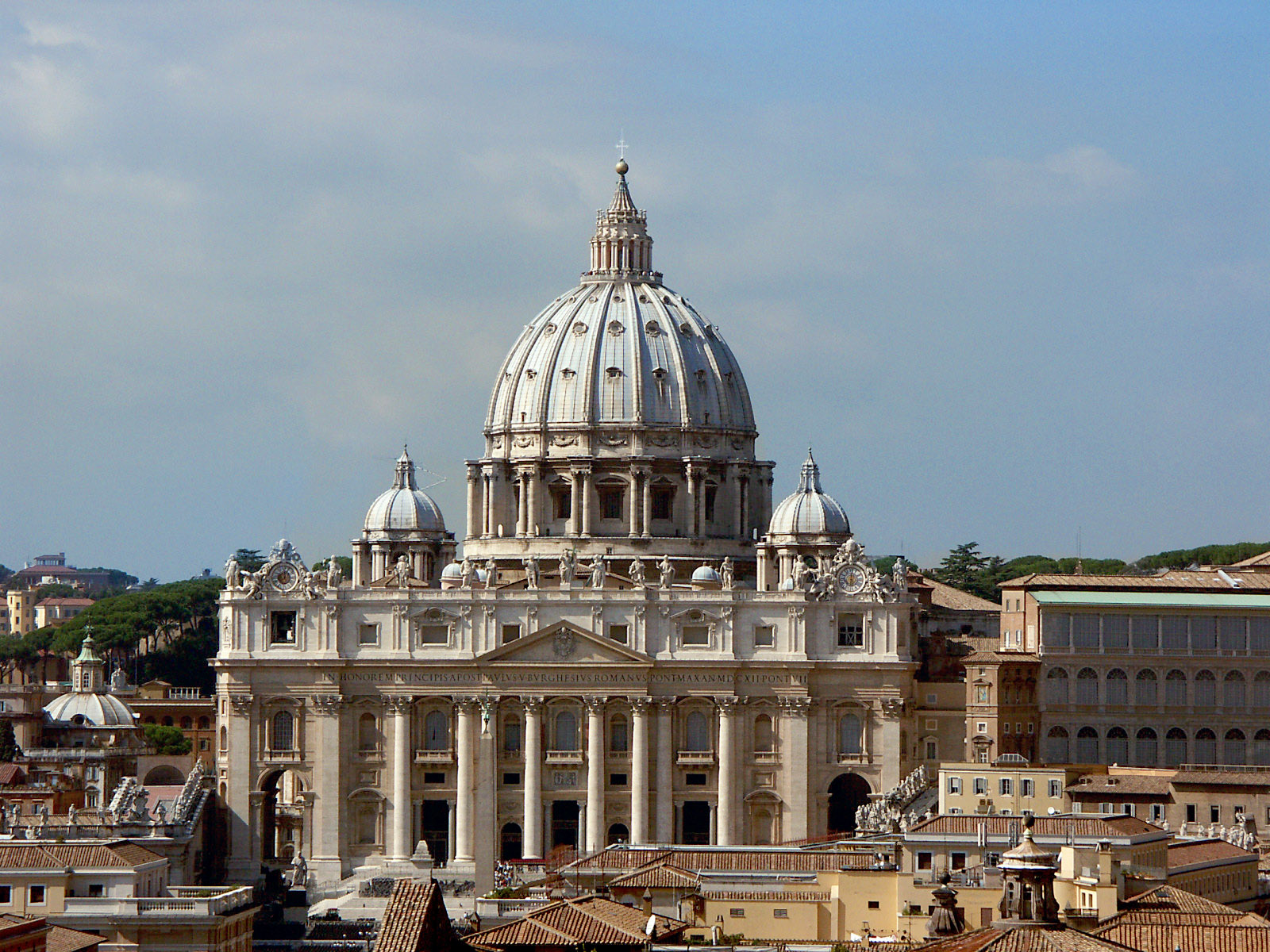
St. Peter's Basilica, Vatican, Rome
![]()
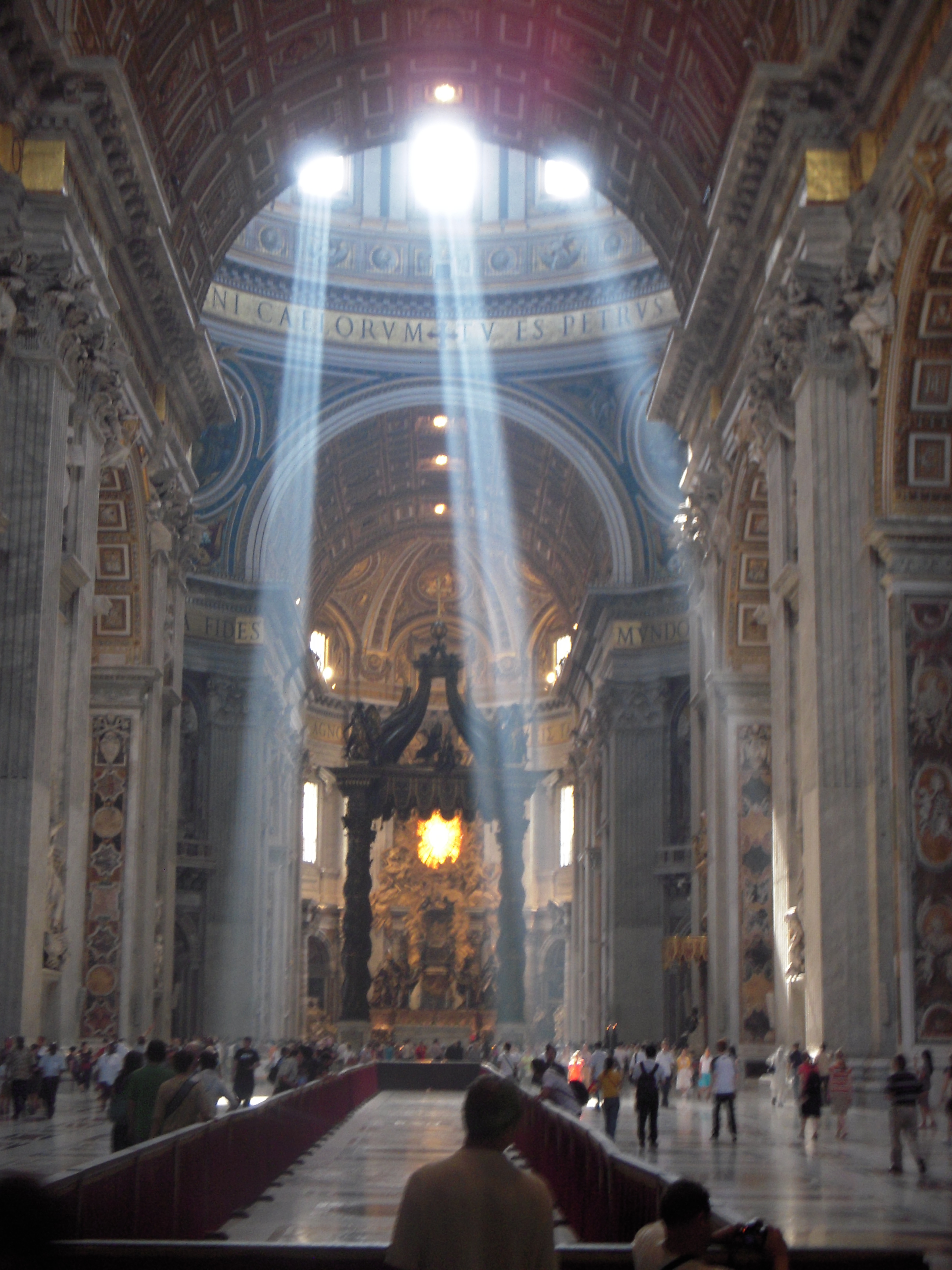
St. Peter's Interior
![]()
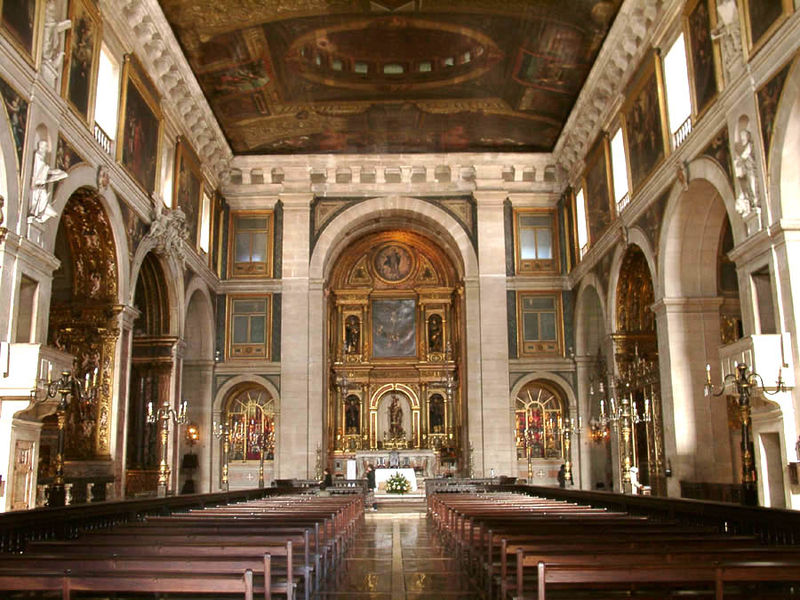
St. Rocque, Lisbon
![]()
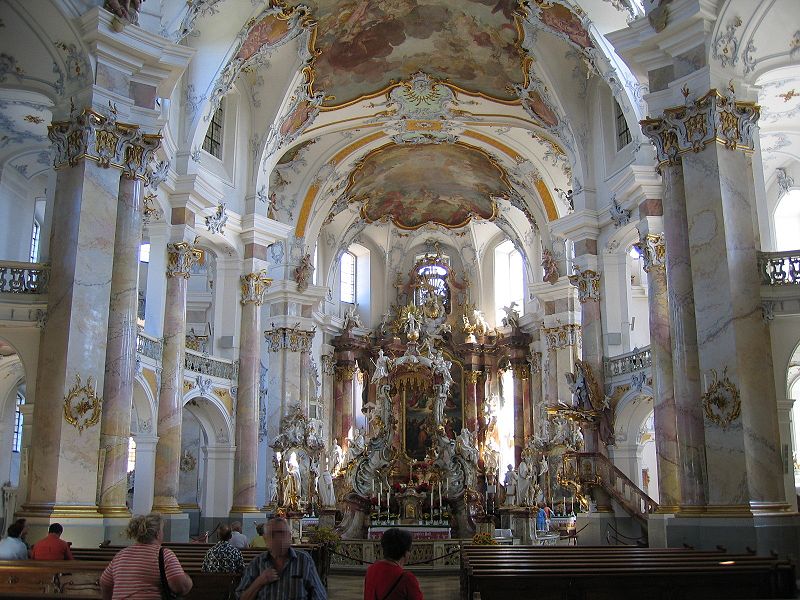
St. Basil's, Bavaria
![]()
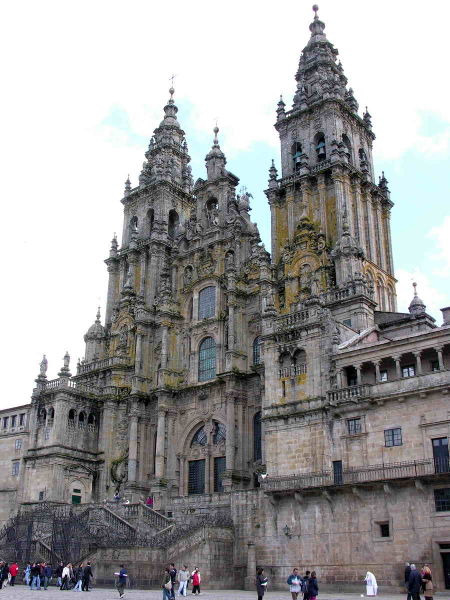
Santiago, Chile
![]()

Capilla Rosario, Puebla, Mexico
![]()
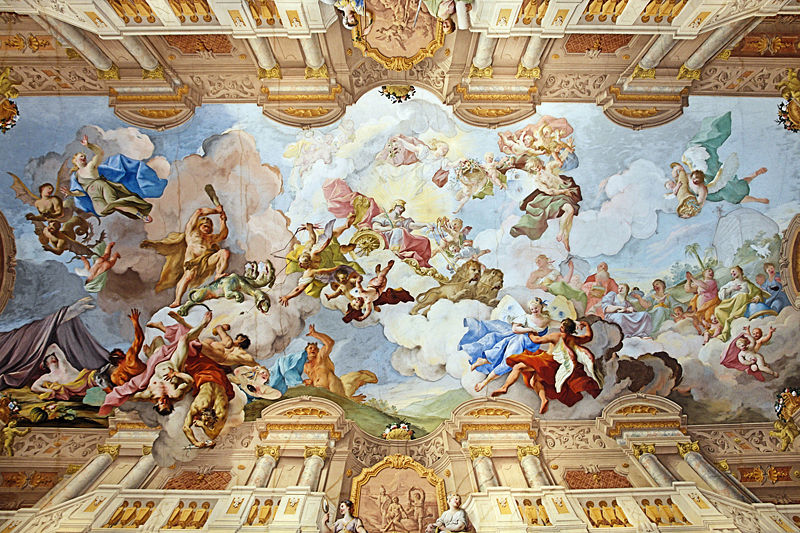
Paul Troger (1698-1762), ceiling at Melk Abbey
![]()

Caravaggio, Supper at Emmaus (1601)
![]()
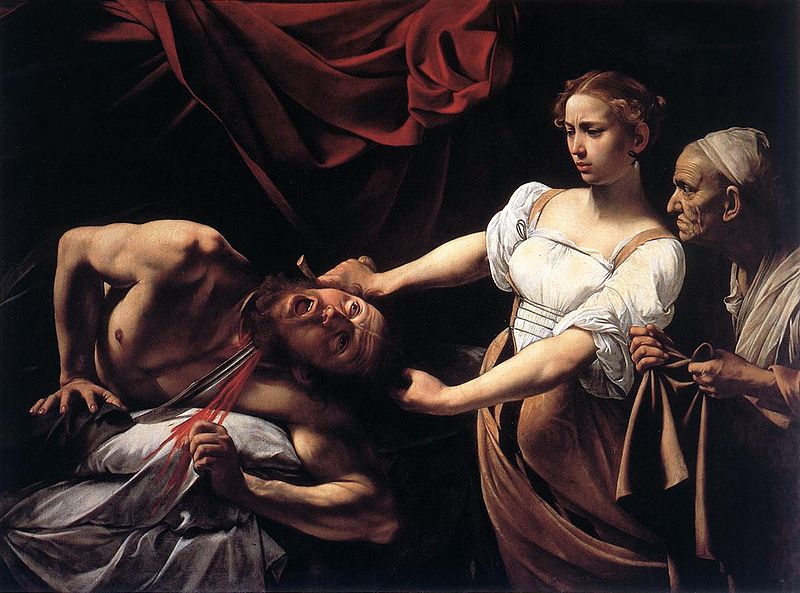
Caravaggio, Judith Beheading Holofernes (1598-99)
![]()
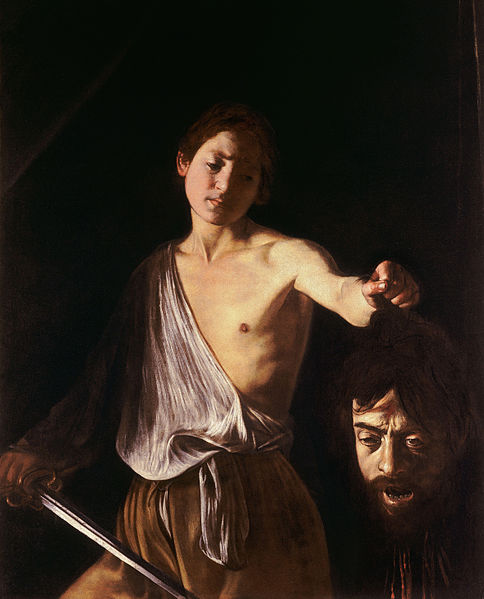
Caravaggio, David with Head of Goliath (1609-10)
![]()